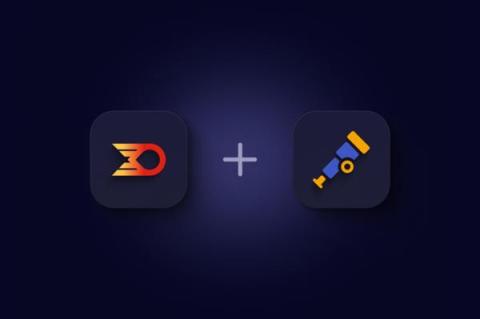2024 Unveiled: Catchpoint's Predictions for APM, ITOM, OTel & Beyond
As the holiday season rolls in, it’s not just about festive cheer and resolutions; it’s also time for industry leaders to cast their predictions for the new year. This year, Catchpoint’s thought leaders have stepped up with their hottest takes for 2024. Catchpoint experts are envisioning a transformative shift in the monitoring technologies, a heightened focus on performance as a key metric, and an integrated strategy for managing digital performance management.











